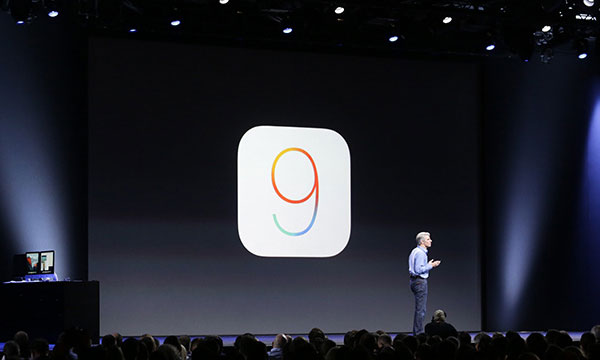Apple is sending a shiver down the spine of anyone who depends on mobile advertising for a living with the inclusion of ad-blocking extensions for iOS 9 in the next version of its Safari browser.
The news surfaced last week, after developers discovered the provision in documentation following iOS 9’s introduction at the company’s Worldwide Developers Conference.
The extensions can block cookies, images, resources, pop-ups and other content, Apple said.
Apple’s mobile users have been able to block ads in other browsers for some time. They just couldn’t do it in Safari. Adding the capability to Apple’s browser could be very problematic for content providers, because 55 percent of all mobile browsing is done with Safari.
“This is worrisome,” observed Joshua Benton, director of the Nieman Journalism Lab at Harvard University. “Publishers already make tiny dollars on mobile, even as their readers have shifted there in huge numbers.”
For example, more than 50 percent of The New York Times’ digital audience accesses the publication using a mobile device, but mobile advertising generates a paltry 10 percent of the publication’s digital advertising revenue, according to Benton.
“Most news outlets aren’t even at that low level,” he noted.
Debilitating to Publishers
Safari’s support for ad-blockers is terrible news not only for advertisers, but also for publishers and media organizations, said John Carroll, a professor of mass communications at Boston University.
“Mobile advertising is the wave of the present and the future, so this will pretty much cut off a potentially significant revenue stream. That will be debilitating to a number of organizations,” he told the E-Commerce Times.
“If you’re a newspaper, for example, print advertising revenues are plummeting, digital revenues have flattened out, so where do you look?” he asked. “You look to where the growth is, and the growth is in mobile.”
Pay walls are another source of revenue for online publications, but they, too, could find themselves under siege, suggested the Neuman Lab’s Benton.
“The ‘Yourtown Times’ allows you 10 stories free a month?” he asked. “It’s probably using a cookie to keep track of that count. Block that cookie, and the paywall comes tumbling down — you’re a fresh visitor every time.”
By enabling developers to create content blockers for Safari, Apple is tapping into a popular trend.
The number of people with ad-blocking software installed increased 69 percent over a one-year period, to approximately 144 million active users, or 4.9 percent of all Internet users, according to a survey PageFair released in September.
The news just gets worse for advertisers, because 41 percent of ad-blockers are in a choice target market: 18-29 year olds.
“Ad-blocking has now crossed the chasm from early adopters and tech enthusiasts and into the mainstream audience,” the report notes.
Google vs. Apple
Ad-blocking should be even more popular on mobile devices than it’s been on computers, observed Rob Shavell, CEO of Abine.
“You’d expect ad-blockers to be more popular on mobile because you have less bandwidth,” he told the E-Commerce Times. “It’s going to be popular from a user’s perspective, because they’re not only going to perceive fewer annoying ads, but they’re going to experience faster browsing.”
Ad-blockers will make it more difficult to monetize some iOS users, but that number likely will be small — 5 to 10 percent of users, suggested Shavell. “It will have an effect, but it’s certainly not going to kill anybody’s business.”
Despite the popularity of ad-blockers in browsers, online advertising continues to grow at a red hot pace, he added.
User satisfaction may not be the only factor driving Apple’s ad-blocking support decision.
“A lot of this may be about Google. Apple may want to limit Google’s ability to expand further in mobile,” BU’s Carroll said.
“What you’re seeing is a battle between an advertising-driven company that wants everything about its users,” said Shavell, “and a company that doesn’t have that same constraint, which is Apple.”













































Social Media
See all Social Media